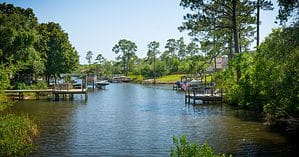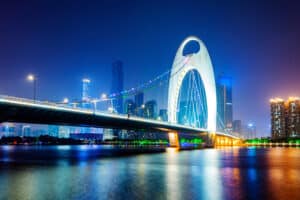Humidity, which is the amount of moisture present in the air, plays a significant role in shaping the climate, lifestyle, and even architecture of cities around the world. From the sultry tropical climates to the misty, coastal regions, humidity levels can vary dramatically. In this article, we look at the 21 most humid cities on the planet and explore how humidity shapes them.
Introduction to Humidity
Humidity, often measured as relative humidity (RH), is a fundamental component of climate. It influences everything from human comfort and health to agriculture and architecture. High humidity levels can make temperatures feel much warmer, affect the growth of mold and mildew, and even impact the way people dress and live.
Understanding humidity in a certain place requires considering a variety of factors, including geography, climate, and proximity to bodies of water.
Factors Contributing to High Humidity
Before diving into the list of the world’s most humid cities, it’s essential to understand the factors that contribute to high humidity levels.
Cities present near large bodies of water, such as oceans, seas, lakes, or rivers, tend to experience higher humidity. This is because water bodies release moisture into the air, increasing the atmospheric humidity levels. Tropical and subtropical climates typically have higher humidity due to their warm temperatures and abundant rainfall. Thus, these regions often experience high relative humidity throughout the year.
Some cities have varying humidity levels throughout the year due to seasonal changes. For example, the monsoon seasons in South Asia bring extremely high humidity levels during specific months. Higher-altitude cities, such as those in mountainous regions, tend to have lower humidity levels because the air at higher elevations holds less moisture. Urban areas can experience increased humidity due to human activities such as construction, industrial processes, and transportation, which release moisture into the atmosphere.
The Top 21 Most Humid Cities in the World
Let’s explore the 21 most humid cities in the world, ranked by their average relative humidity levels. We’ll also delve into the unique characteristics and challenges of each city.
1. Matadi, Democratic Republic of the Congo
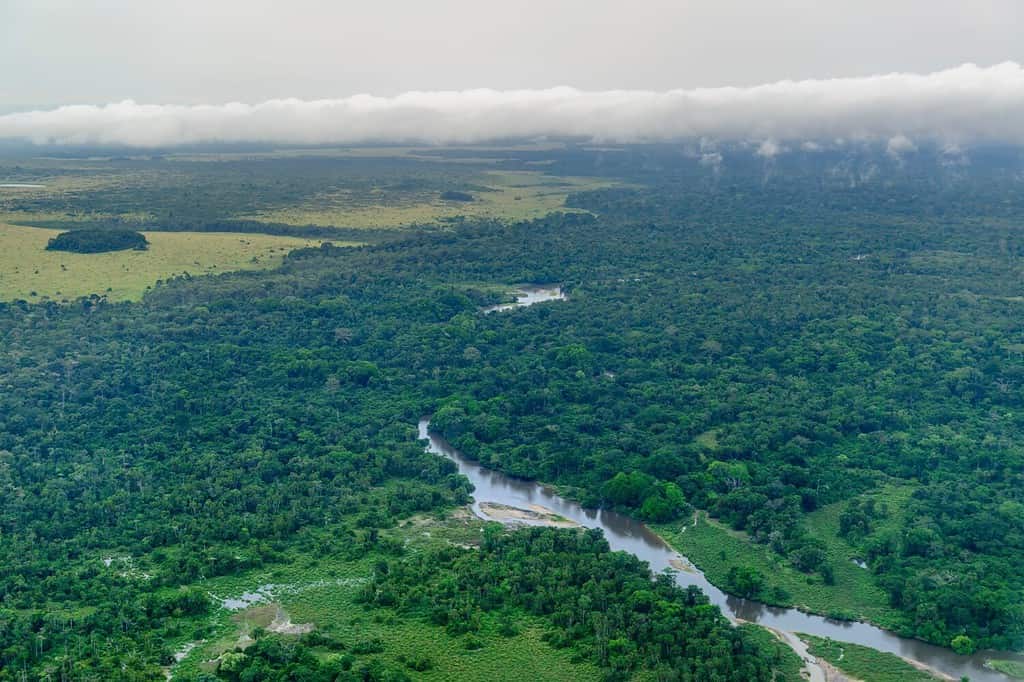
©Roger de la Harpe/Shutterstock.com
Average Relative Humidity: Approximately 88%
Geographical Features: Matadi is a port city located in the Democratic Republic of the Congo. Its position on the Atlantic coast exposes it to moist ocean air, resulting in high humidity levels.
Climate: Matadi experiences a tropical rainforest climate with consistent rainfall and high humidity. The city’s economy relies on its port, which benefits from its coastal location.
Impact: The high humidity in Matadi influences the architecture and lifestyle of residents. Proper ventilation and mold prevention are essential for maintaining comfortable living conditions.
2. Pucallpa, Peru
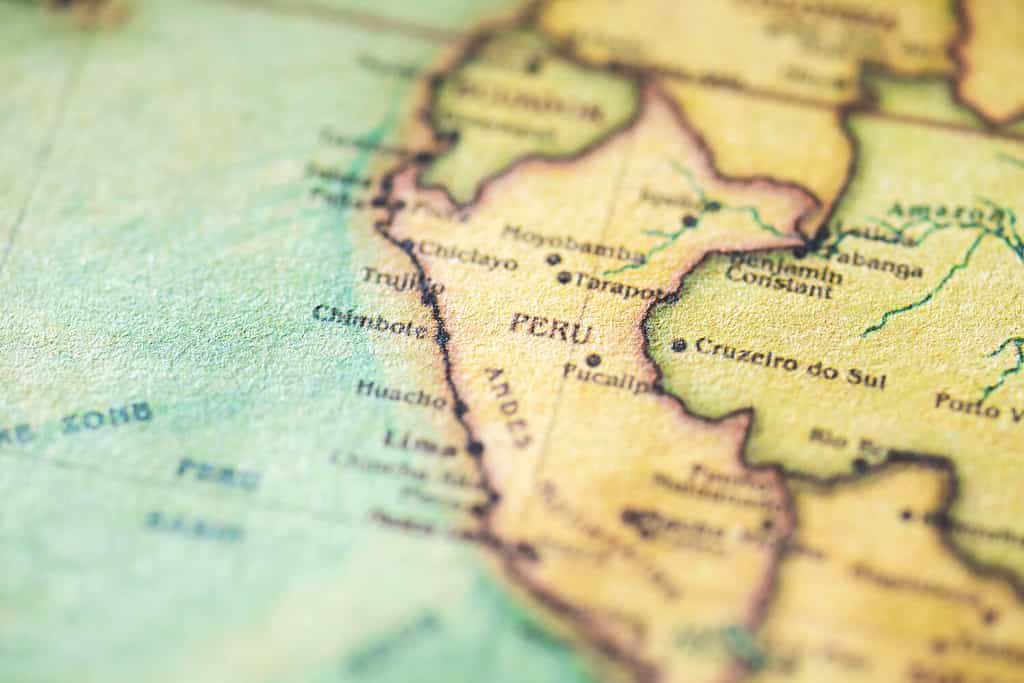
Peru in close up on the map. It is one of the most humid places on the planet.
©passkphoto/Shutterstock.com
Average Relative Humidity: Approximately 86%
Geographical Features: Pucallpa is located in the Amazon Rainforest of eastern Peru. Its tropical climate and proximity to the Ucayali River contribute to consistently high humidity levels.
Climate: Pucallpa experiences a tropical rainforest climate with hot and humid conditions year-round. It is a gateway to the Peruvian Amazon.
Unique Characteristics: The high humidity in Pucallpa also supports the region’s rich biodiversity. However, residents rely on fans and open-air architecture to mitigate the effects of humidity.
3. Liguasan Marsh, Philippines
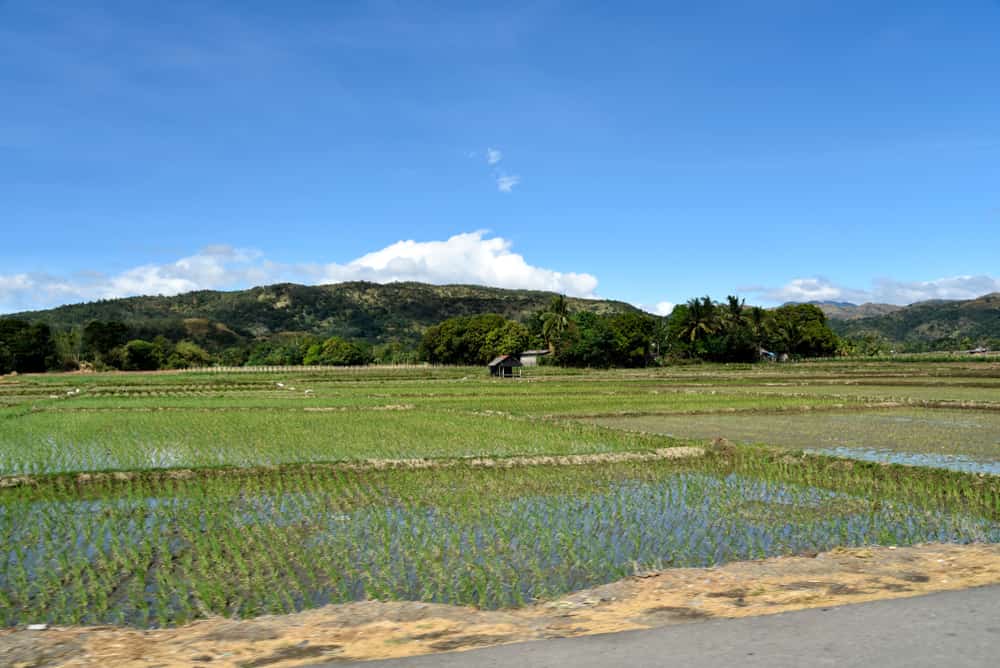
Santiago City in Philippines is close to the marsh and is very humid.
©PhotoLohi/Shutterstock.com
Average Relative Humidity: Approximately 86%
Geographical Features: Liguasan Marsh is a vast wetland area located on the southern island of Mindanao in the Philippines. Its tropical climate and marshy terrain contribute to consistently high humidity levels.
Climate: The region experiences a tropical rainforest climate with high rainfall and humidity year-round. Liguasan Marsh is therefore a critical part of the island’s hydrological system.
Impact: The high humidity in Liguasan Marsh also sustains its lush and diverse ecosystem. However, it can also pose challenges for residents in terms of mold prevention and indoor comfort.
4. Dourados, Brazil
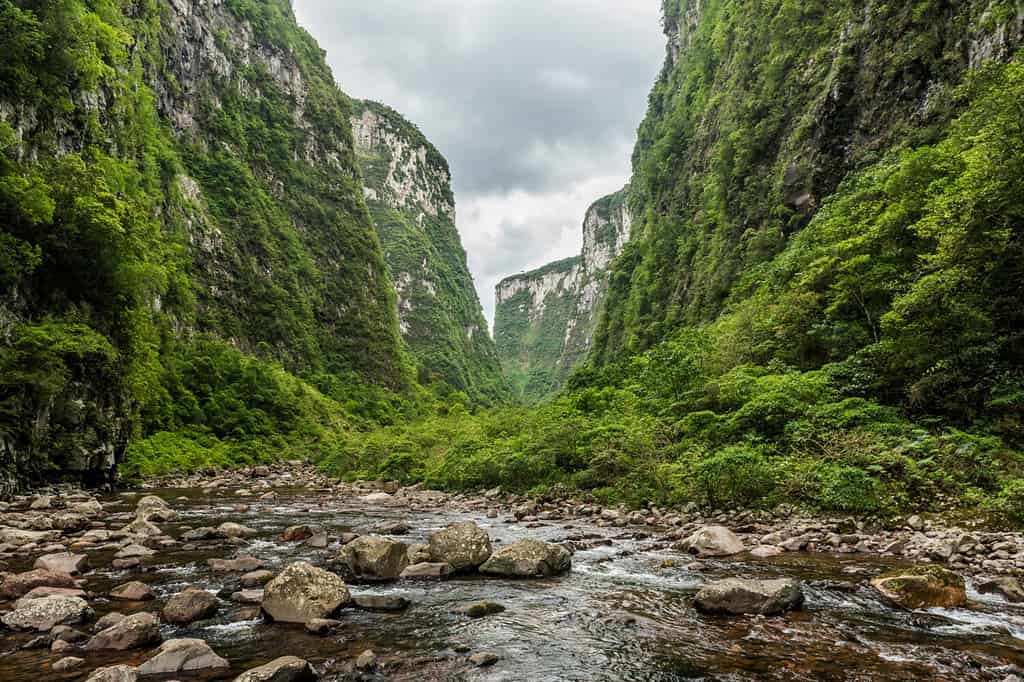
Great care is taken to protect the flora and fauna in Aparados da Serra National Park and there are only 1,500 visitors allowed in it per day.
©vitormarigo/Shutterstock.com
Average Relative Humidity: Approximately 84%
Geographical Features: Dourados is a city located in the Brazilian state of Mato Grosso do Sul. It also experiences high humidity levels, especially during the rainy season. Its location in the central-western region of Brazil also contributes to its humid climate.
Climate: Dourados has a tropical wet and dry climate. It has a distinct wet season with elevated humidity and a dry season with lower humidity levels.
Unique Characteristics: The city’s economy is based on agriculture, also benefiting from the humid climate during the wet season. However, residents have to adapt to the humidity by using fans and air conditioning.
5. Belém, Brazil
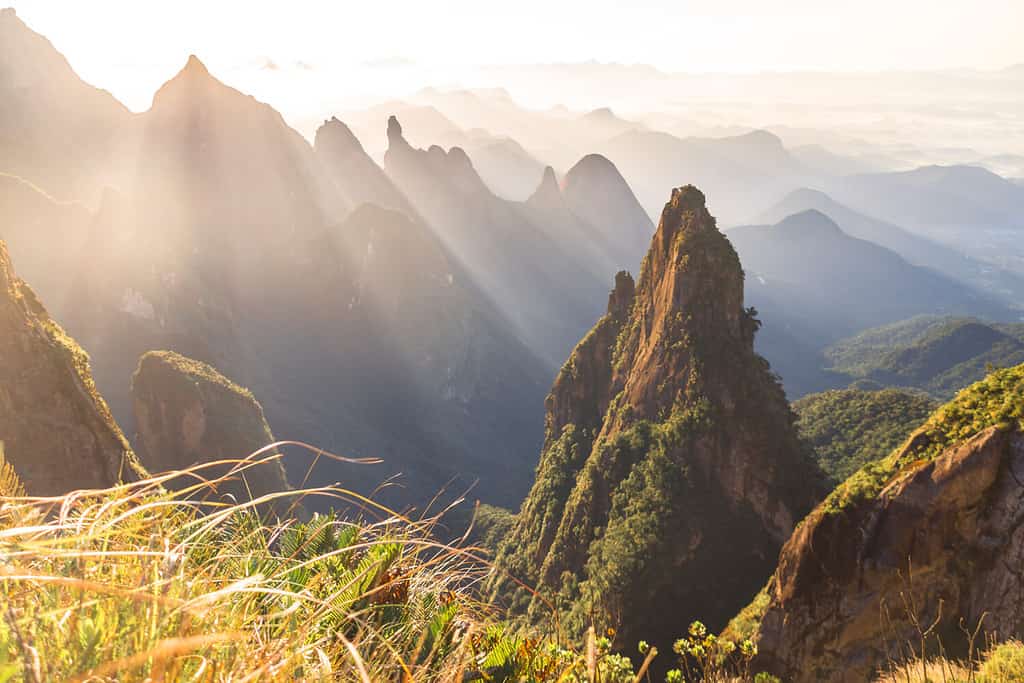
The best way to experience Serra dos Órgãos is by hiking, although the terrain can be challenging in places.
©Antonio Salaverry/Shutterstock.com
Average Relative Humidity: Approximately 83%
Geographical Features: Belém is the capital of the state of Pará in Brazil and is located near the mouth of the Amazon River. The convergence of river and ocean waters results in consistently high humidity levels.
Climate: Belém experiences a tropical monsoon climate with high temperatures and rainfall year-round. It is also known for its lush vegetation and biodiversity.
Unique Characteristics: The high humidity in Belém also contributes to its vibrant rainforest ecosystem and agriculture. The city’s residents use fans and open-air architecture to stay comfortable.
6. Manaus, Brazil
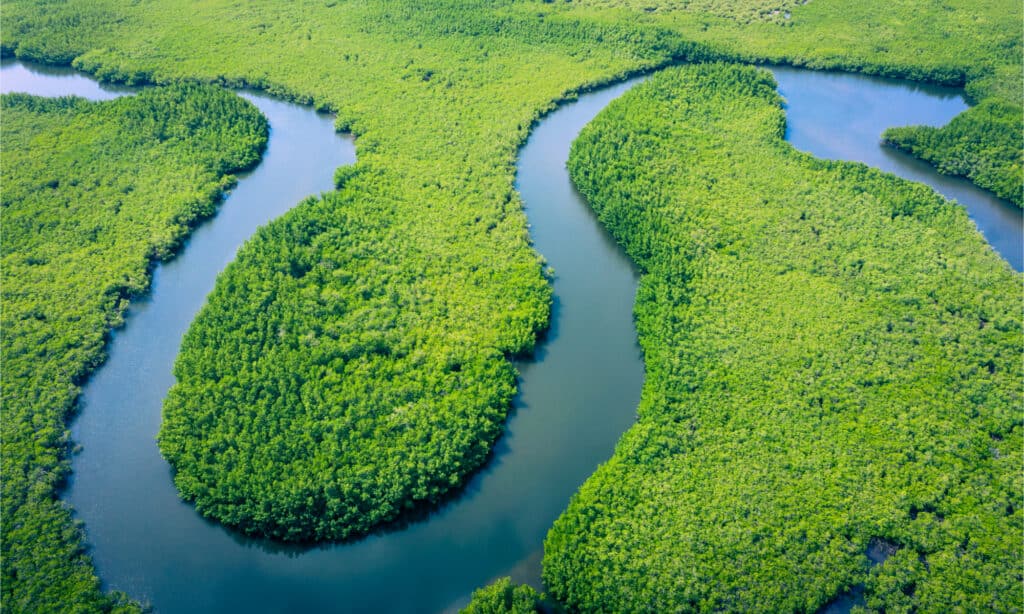
Amazon rainforest in Brazil is one of the most humid places in the world. Manaus is located in the middle of it.
©Curioso.Photography/Shutterstock.com
Average Relative Humidity: Approximately 83%
Geographical Features: Manaus is the largest city in the Amazon Rainforest and is known for its hot and humid climate. Its proximity to the confluence of the Rio Negro and Amazon River creates an environment with consistently high humidity levels.
Climate: Manaus has a tropical rainforest climate with high temperatures and experiences significant rainfall year-round. It is also a hub for eco-tourism and biodiversity research.
Unique Characteristics: The high humidity in Manaus also sustains the lush Amazon Rainforest and its diverse wildlife. However, residents have a hard time battling the effects of humidity in the middle of the rainforest.
7. Medan, Indonesia
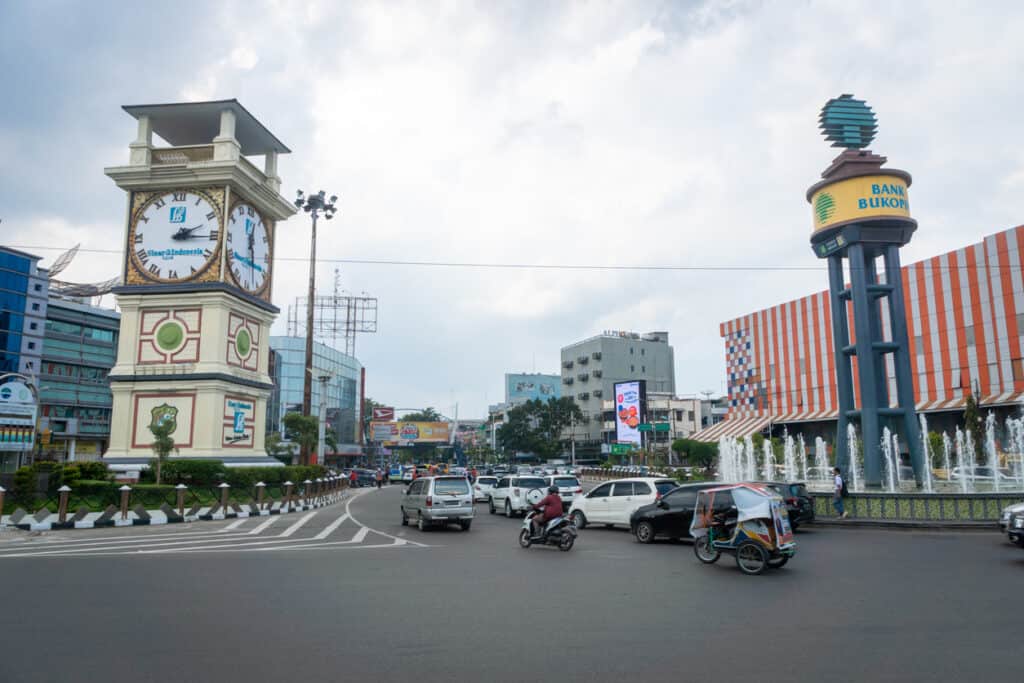
Medan street and traffic in the central area in Medan, North Sumatra, Indonesia.
©iStock.com/uskarp
Average Relative Humidity: Approximately 83%
Geographical Features: Medan is the capital of North Sumatra in Indonesia and has a hot and humid climate. Its tropical location and proximity to the Malacca Strait contribute to consistently high humidity levels.
Climate: Medan experiences a tropical rainforest climate with high temperatures and humidity year-round.
Unique Characteristics: The high humidity in Medan also sustains the region’s lush greenery and agriculture.
8. Tawau, Malaysia
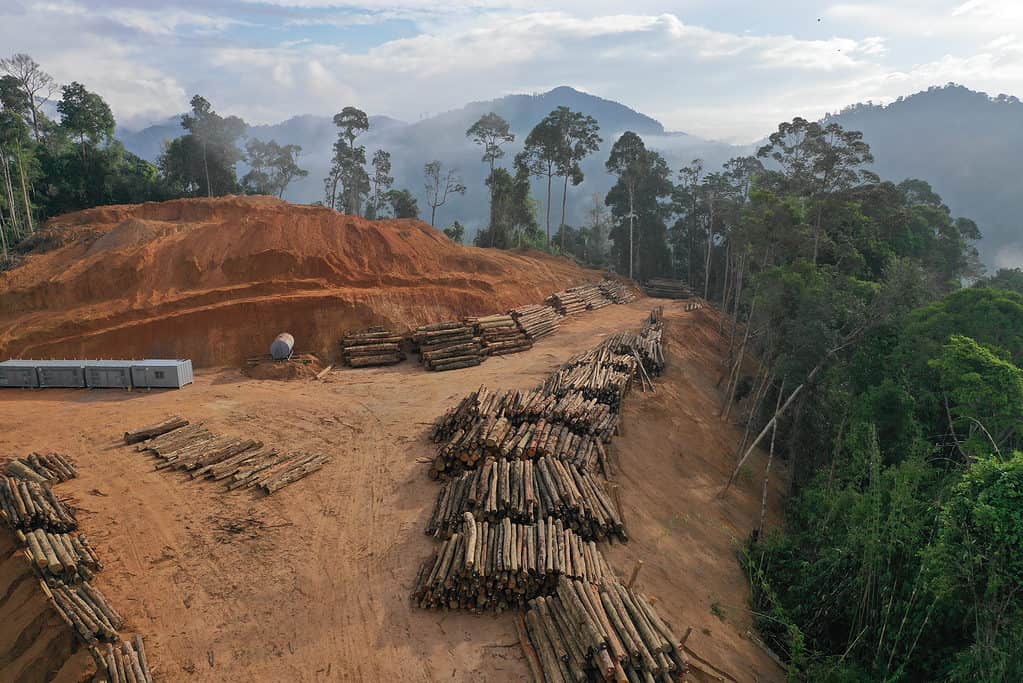
Photograph of a mountain top that has been destroyed by logging. Brownish red dirt is visible where all of the trees have been clear-cut. Many
tree trunks
are seen in the center frame. The destroyed mountaintop is dimmed with live, green trees. In the background are mountain tops that have not been destroyed
©Rich Carey/Shutterstock.com
Average Relative Humidity: Approximately 82%
Geographical Features: Tawau is a coastal town in the state of Sabah, Malaysia. Its high humidity levels are a result of its equatorial climate and proximity to the Celebes Sea.
Climate: Tawau has a tropical rainforest climate with consistently high temperatures and humidity. It is also known for its biodiversity and palm oil industry.
Unique Characteristics: As with other places on this list, the high humidity in the city also benefits the region’s lush rainforests and wildlife.
9. Tavares, Brazil
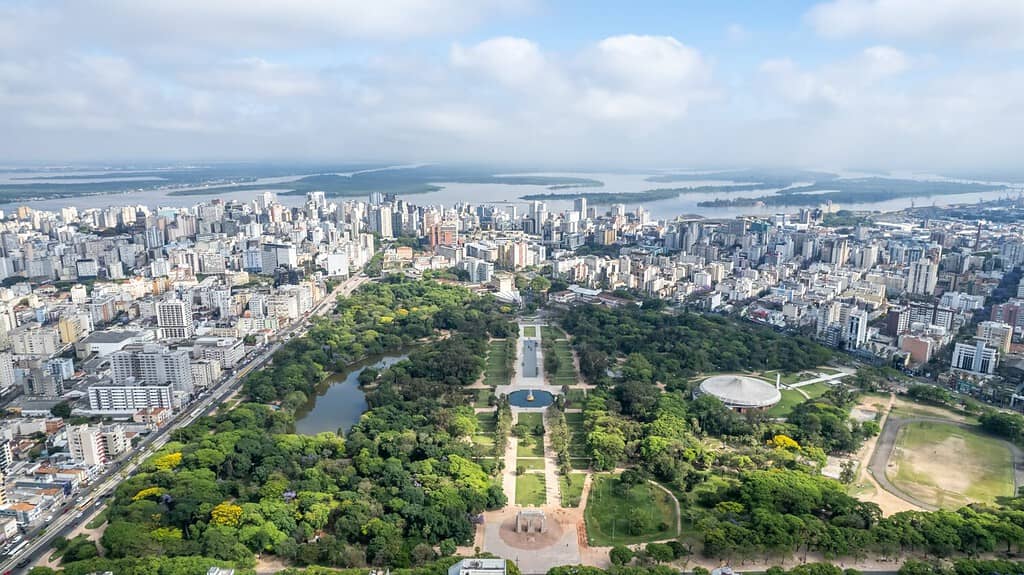
City of Porto Alegre of the state of Rio Grande do Sul, Brazil South America
©Eduardo Rocha Paz/Shutterstock.com
Average Relative Humidity: Approximately 82%
Geographical Features: Tavares is a small town located in southern Brazil. It is situated near the Atlantic Ocean. Therefore, the ocean provides a continuous source of moisture-laden air, contributing to its exceptionally high humidity levels.
Climate: Tavares experiences a tropical climate with high humidity throughout the year. Thus, the proximity to the ocean and the region’s latitude contribute to its warm and humid conditions.
Impact: The high humidity in Tavares influences daily life, affecting everything from clothing choices and also architectural designs.
10. Georgetown, Guyana
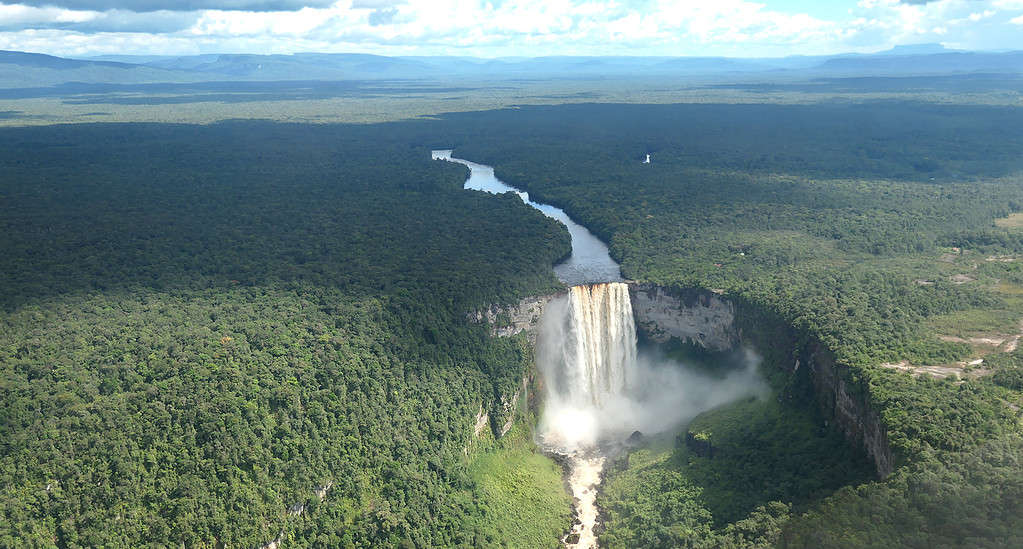
Jungle and waterfall scene in Guyana, South America.
©deeltijdgod/iStock via Getty Images
Average Relative Humidity: Approximately 81%
Geographical Features: Georgetown is the capital of Guyana and encounters high humidity levels throughout the year. Its coastal location along the Atlantic Ocean as well as its tropical climate contribute to its consistently humid conditions.
Climate: Georgetown experiences a tropical rainforest climate with warm temperatures and significant rainfall. It is also known for its colonial architecture and cultural diversity.
Unique Characteristics: The high humidity in Georgetown also affects daily life and architecture. Thus, proper ventilation and mold prevention are essential for maintaining comfortable living conditions.
11. Manado, Indonesia

©MWS B U D I/Shutterstock.com
Average Relative Humidity: Approximately 80%
Geographical Features: Manado is situated on the island of Sulawesi in Indonesia. Its high humidity levels are influenced by its tropical climate and proximity to the Celebes Sea.
Climate: Manado experiences a tropical rainforest climate with high humidity year-round. The surrounding mountains also contribute to moisture retention in the air.
Unique Characteristics: Manado’s natural beauty benefits from its humid climate, attracting tourists interested in marine biodiversity. The city’s residents use fans and air conditioning to cope with the humidity.
12. Taihe, China

lushan mountain landscape, watching clouds pavilion closeup in cloud fog, a famous tourist destination in China.
©chuyuss/Shutterstock.com
Average Relative Humidity: Approximately 79%
Geographical Features: Taihe is located in Jiangxi Province, China. It is right next to the Poyang Lake, one of China’s largest freshwater lakes.
Climate: Taihe experiences a humid subtropical climate with hot and humid summers. This is because the lake’s presence enhances the region’s humidity, making it one of China’s most humid cities.
Impact: Residents in Taihe adapt to the high humidity by using air conditioning, fans, and lightweight clothing during the warmer months. The city’s lush greenery also benefits from the moisture-rich air.
13. Maceió, Brazil
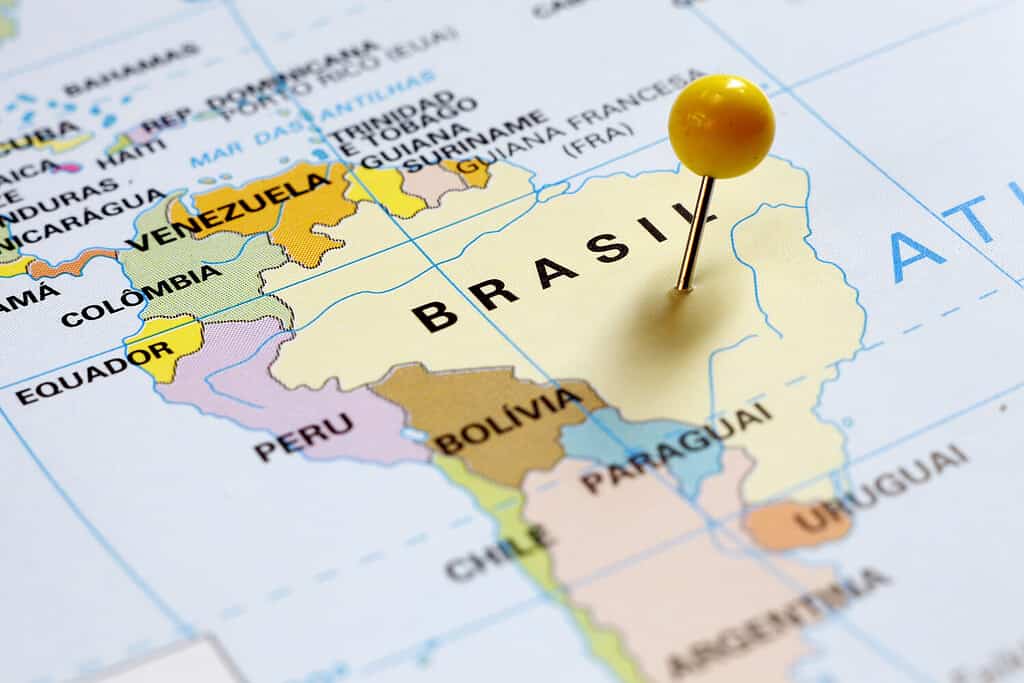
Map of South America, Brazil. Maceio is one of the most humid places in the country.
©rocharibeiro/Shutterstock.com
Average Relative Humidity: Approximately 78%
Geographical Features: Maceió is the capital of the state of Alagoas in Brazil and is known for its coastal location along the Atlantic Ocean. Its tropical climate and proximity to the ocean contribute to its high humidity levels.
Climate: Maceió experiences a tropical monsoon climate with distinct wet and dry seasons. The rainy season brings elevated humidity.
Unique Characteristics: The city’s beautiful beaches and warm waters are popular tourist attractions. While the humidity is odious, residents and visitors learn to deal with it.
14. São Félix do Xingu, Brazil
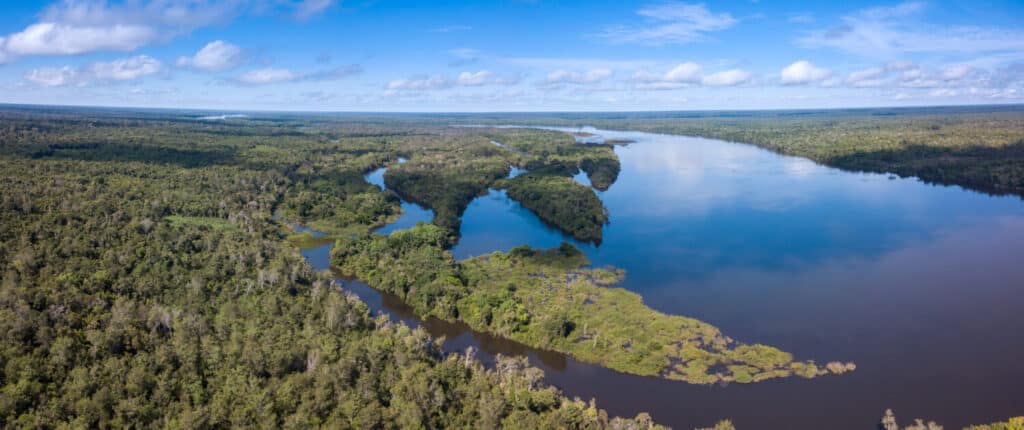
Beautiful aerial drone panoramic view of Xingu river in the Amazon rainforest on sunny summer day with blue sky. Mato Grosso, Brazil.
©PARALAXIS/Shutterstock.com
Average Relative Humidity: Approximately 76%
Geographical Features: São Félix do Xingu is located in the Brazilian state of Pará. It is known for its lush rainforests and high humidity levels, which is attributable to its location in the Amazon Basin.
Climate: São Félix do Xingu experiences a tropical rainforest climate. Consequently, its humidity is a result of its proximity to the Amazon Rainforest.
Impact: The city’s economy relies on agriculture and forestry, benefiting from the humid climate. However, the high humidity can also pose challenges for residents in terms of comfort and health.
15. Yangjiang, China
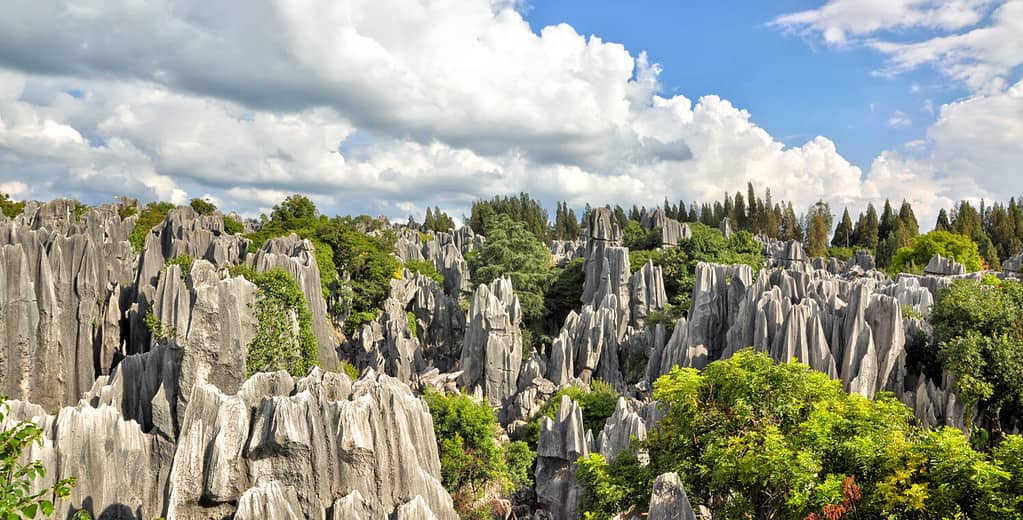
Beautiful Landscape of China Stone forest in Kunming, Yunnan province.
©JekLi/Shutterstock.com
Average Relative Humidity: Approximately 76%
Geographical Features: Yangjiang is a city in China’s Guangdong Province. Its high humidity, especially during the summer months, is influenced by its proximity to the South China Sea and the Pearl River Delta.
Climate: Yangjiang experiences a humid subtropical climate with hot and humid summers. The city’s coastal location also contributes to its high humidity levels.
Unique Characteristics: Yangjiang’s economy is driven by its port and coastal activities.
16. Jijiga, Ethiopia
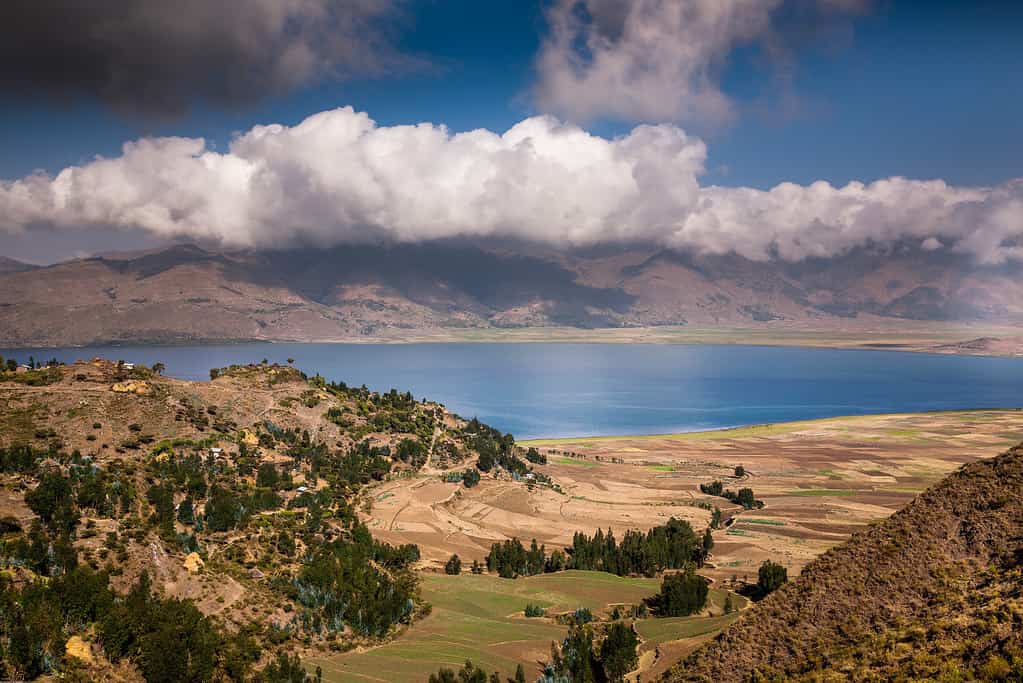
Lake Hayq in Ethiopia provides travelers with the opportunity to explore the beautiful scenery by boat
©Radek Borovka/Shutterstock.com
Average Relative Humidity: Approximately 75%
Geographical Features: Jijiga is the capital of Ethiopia’s Somali Region and is situated in the eastern part of the country. Its high humidity levels are influenced by its proximity to the Indian Ocean and the moisture-laden air from the southwest.
Climate: Jijiga experiences a hot and arid climate, with higher humidity levels during the rainy season. Therefore, the city’s humidity is more pronounced during this period.
Impact: Over time, residents in Jijiga have learned to adapt to the seasonal variation in humidity. The rainy season also brings relief from the occasional arid conditions but also challenges due to increased humidity.
17. Mumbai, India
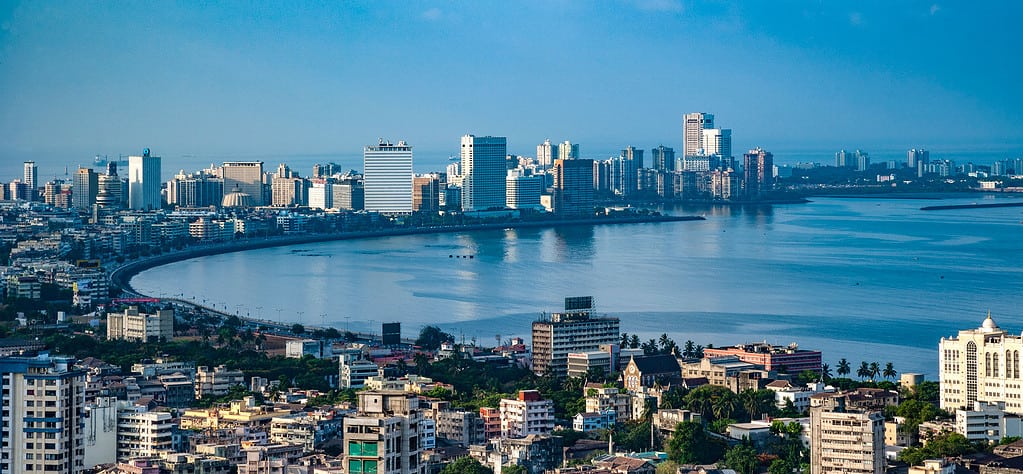
Mumbai is one of the most humid cities in India and in the world.
©iStock.com/Ajay Salvi
Average Relative Humidity: Approximately 75%
Geographical Features: Mumbai, the capital of Maharashtra, is located on the west coast of India along the Arabian Sea. Its coastal location and tropical climate result in high humidity levels, especially during the monsoon season.
Climate: Mumbai experiences a tropical wet and dry climate, with distinct wet and dry seasons. The monsoon brings heavy rainfall and elevated humidity.
Unique Characteristics: The monsoon season in Mumbai is a cultural phenomenon, impacting daily life, transportation, and agriculture. Residents adapt by using waterproof clothing and umbrellas.
18. Akita, Japan
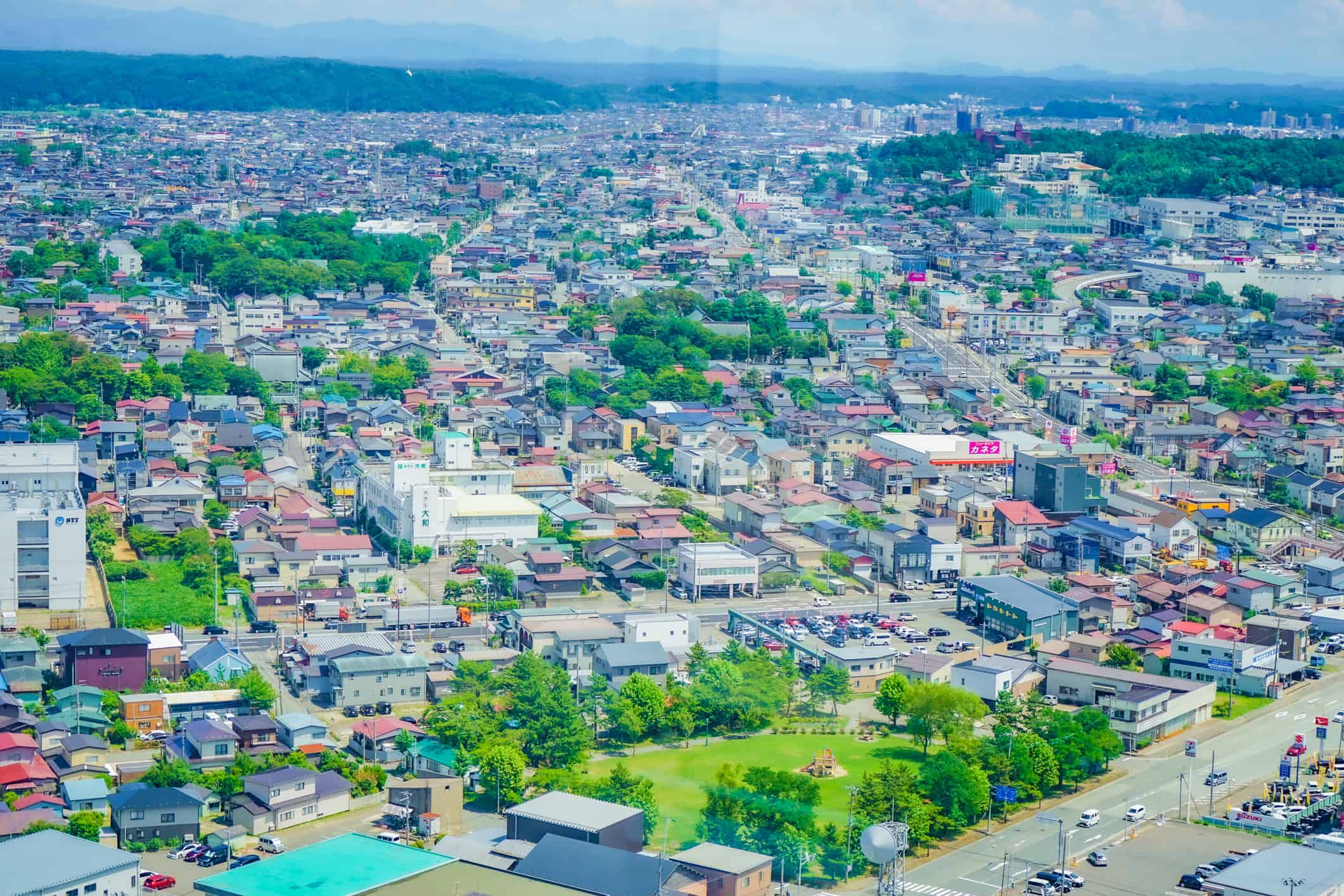
Akita City landscape from Serion (Akita City Port Tower). Shooting Location: Akita
©kanzilyou/iStock via Getty Images
Average Relative Humidity: Approximately 74%
Geographical Features: Akita is a city located in northern Japan. Its location near the Sea of Japan and its continental climate result in varying humidity throughout the year.
Climate: Akita experiences a humid continental climate with distinct seasons. Summers are hot and humid, while winters are cold and snowy. Humidity is most prominent in the summer.
Unique Characteristics: Akita’s residents adapt to seasonal variations in humidity. Fans and air conditioning are essential during the humid summers, while proper clothing is crucial in the snowy winters.
19. Bukavu, Democratic Republic of the Congo
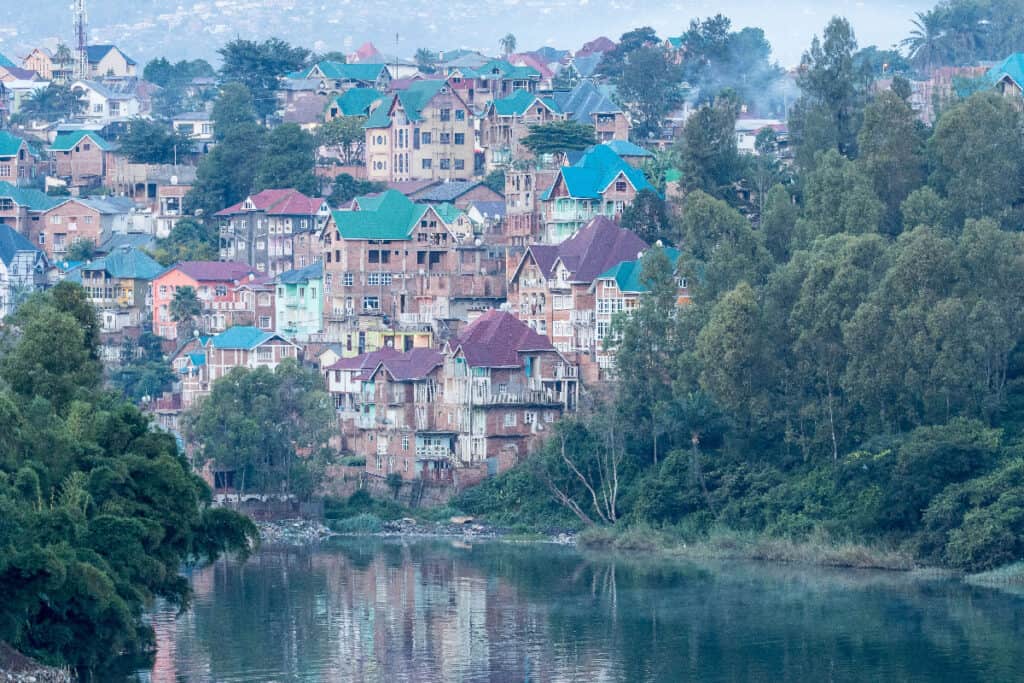
Unusual shaped rooftops on the houses reflecting in the water of lake Kivu. Bukavu is located on the southern shore of Lake Kivu and is therefore humid.
©LMIMAGES/Shutterstock.com
Average Relative Humidity: Approximately 73%
Geographical Features: Bukavu is a city located on the shores of Lake Kivu in the Democratic Republic of the Congo. It experiences high humidity levels due to its equatorial climate and proximity to the lake. The surrounding mountains also influence humidity levels.
Climate: Bukavu has a tropical rainforest climate with consistent rainfall and high humidity.
Unique Characteristics: The high humidity in Bukavu supports the region’s agriculture and lush landscapes.
20. Maracaibo, Venezuela
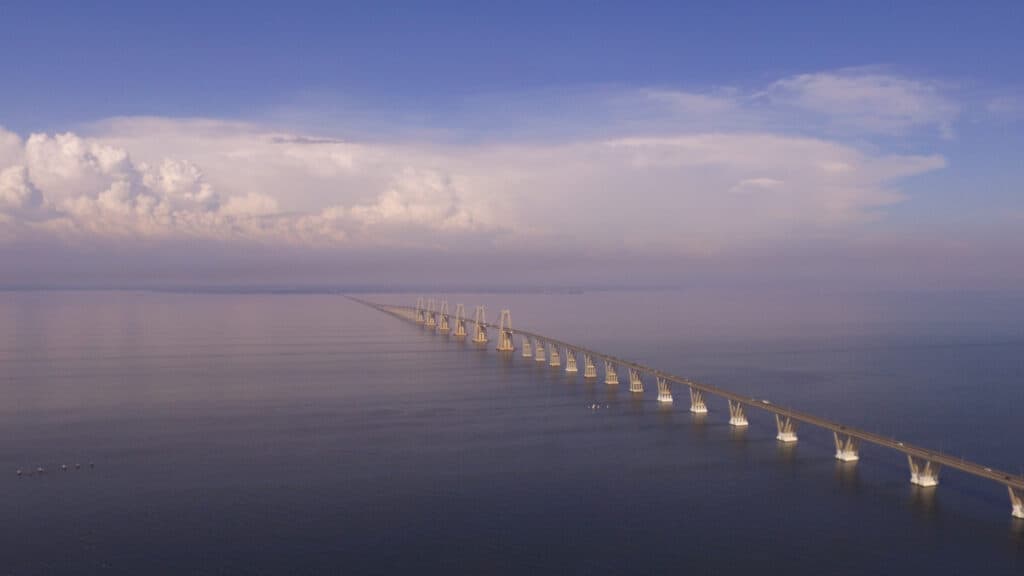
bridge over Lake Maracaibo, Venezuela
©iStock.com/Andryjons2401
Average Relative Humidity: Approximately 71%
Geographical Features: Maracaibo, Venezuela’s second-largest city, is known for its hot and humid climate. Its proximity to Lake Maracaibo, the largest lake in Latin America, and its tropical location result in consistently high humidity levels.
Climate: Maracaibo experiences a hot semi-arid climate with high temperatures year-round.
Unique Characteristics: Maracaibo’s residents are accustomed to the high humidity, and the city’s architecture reflects the need for proper ventilation.
21. Dahuk, Iraq
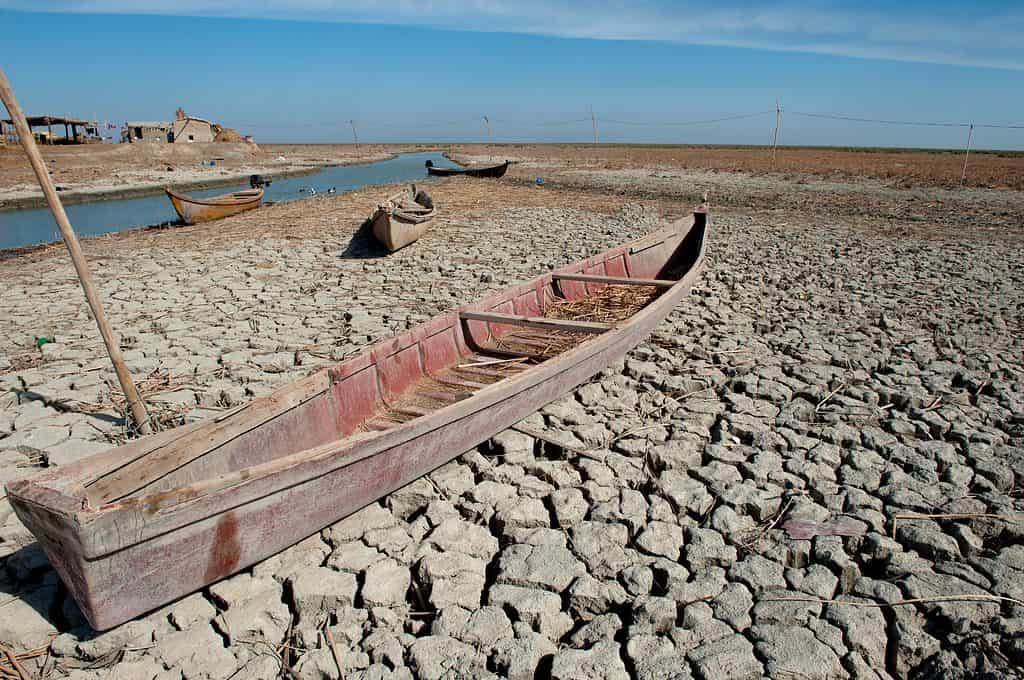
The Euphrates River has been drying up for years, but why? Some of the many reasons why is the multiple dams, droughts, water policies and misuse.
©John Wreford/Shutterstock.com
Average Relative Humidity: Approximately 68%
Geographical Features: Dahuk is a city in northern Iraq and experiences high humidity levels, primarily during the wetter months. Its location near the Tigris River and its continental climate result in varying humidity throughout the year.
Climate: Dahuk experiences a continental climate with hot summers and cold winters. The city’s humidity is more prominent during the rainy season.
Unique Characteristics: The city’s unique blend of climate characteristics influences its culture and lifestyle. Residents use proper clothing and ventilation to adapt to humidity changes.
Coping with High Humidity
Living in a city with high humidity levels presents various challenges and opportunities. But residents have learnt to deal with these challenges.
In many humid cities, air conditioning is not just a luxury but a necessity. It helps maintain comfortable indoor environments, reduces moisture-related issues, and improves overall quality of life. Dehumidifiers are also commonly used to lower indoor humidity levels, especially in homes, offices, and industrial settings. They help prevent mold growth, improve air quality, and enhance comfort.
Residents can often also adapt their clothing choices to the humid climate, opting for lightweight and breathable fabrics that wick moisture away from the body. Cities in humid regions also often experience frequent rainfall. Residents and visitors can invest in quality rain gear, including umbrellas and waterproof clothing.
Mold and mildew can thrive in high humidity environments. Therefore, residents must take steps to prevent these issues through regular cleaning, ventilation, and mold-resistant building materials.
Finally, staying hydrated is also essential in humid climates, as the body loses fluids more quickly through sweat. Therefore, residents often carry water bottles and stay mindful of their fluid intake.
Summary Table of The Top 21 Most Humid Cities in the World
| City | Average Relative Humidity |
|---|---|
| Matadi, Democratic Republic of the Congo | Approximately 88% |
| Pucallpa, Peru | Approximately 86% |
| Liguasan Marsh, Philippines | Approximately 86% |
| Dourados, Brazil | Approximately 84% |
| Belém, Brazil | Approximately 83% |
| Manaus, Brazil | Approximately 83% |
| Medan, Indonesia | Approximately 83% |
| Tawau, Malaysia | Approximately 82% |
| Tavares, Brazil | Approximately 82% |
| Georgetown, Guyana | Approximately 81% |
| Manado, Indonesia | Approximately 80% |
| Taihe, China | Approximately 79% |
| Maceió, Brazil | Approximately 78% |
| São Félix do Xingu, Brazil | Approximately 76% |
| Yangjiang, China | Approximately 76% |
| Jijiga, Ethiopia | Approximately 75% |
| Mumbai, India | Approximately 75% |
| Akita, Japan | Approximately 74% |
| Bukavu, Democratic Republic of the Congo | Approximately 73% |
| Maracaibo, Venezuela | Approximately 71% |
| Dahuk, Iraq | Approximately 68% |
Thank you for reading! Have some feedback for us? Contact the AZ Animals editorial team.






